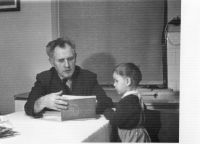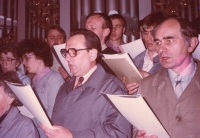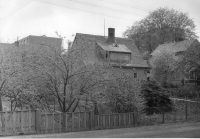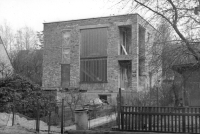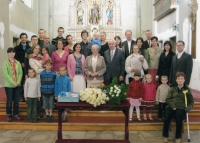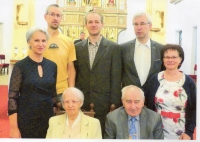Dad came back from prison as a cripple. Bachers made a swing out of him
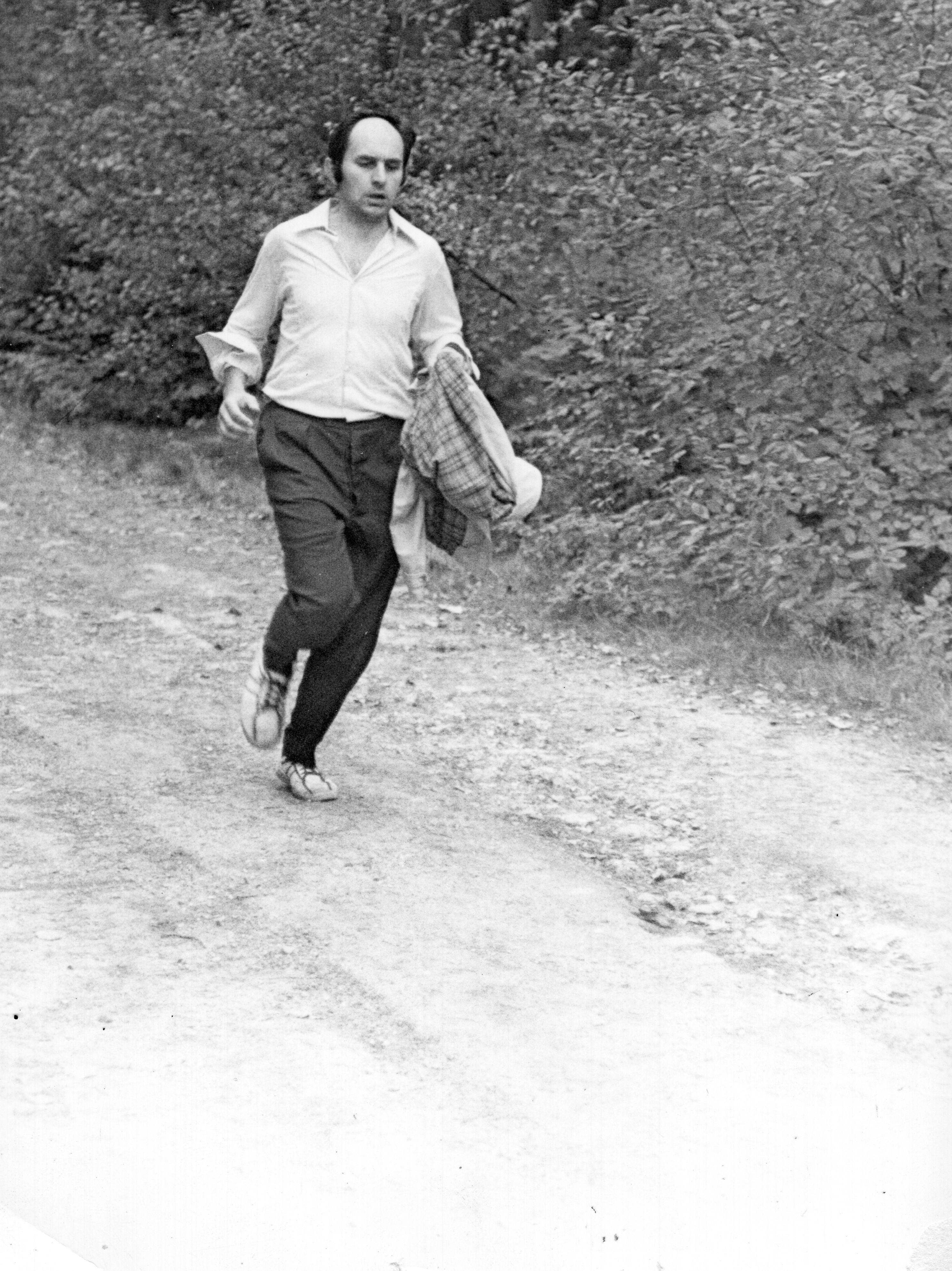
Download image
Jan Suchánek was born on May 21, 1936 in Brno. He spent his childhood up to the age of ten with his parents and siblings Josef, Pavel and Maria in Moravský Kras, where his father Jan Suchánek was the administrator. His father explored the cave. At the beginning of the Second World War, he disguised part of the Kateřinská cave and repainted the maps, the Nazis planned production in it. At the end of the war, his father, a member of the resistance, hid the inhabitants of two villages in a camouflaged section. They were threatened with execution for helping the partisans. The Red Army awarded him the Red Star. After the war, the family had to move from Moravský kras, they bought a house in Liberec after the deported Germans. His father was monitored by State Security as an active believer. In 1947, Jan Suchánek entered the Jesuit secondary grammar school in Bohosudovo, where he experienced the K event in 1950. A year later, the father spent three months in custody for helping the sisters from the Union Order of St. Ursula. He came back as a cripple. Jan Suchánek graduated in engineering at the University of Liberec. In 1959, he went to the military service for half a year, then joined the Ostašov Foundry as a foreman. State Security followed him, they interrogated him. The director of the foundry kept a protective hand over him, because Jan Suchánek had extraordinary work skills. Despite the unfavorable personnel profile, he held the position of metallurgist and developer, traveled to the West on business. On August 21, 1968, he convinced the People’s Militia not to attack the occupiers with weapons. He left the foundry in 1992. He worked independently as a consultant in the field of metallurgy. He retired in 2009. He met his wife Zdeňka, née Trdlová in church. They got married in 1962 and had five children: Jan (1963), Zdislava (1964), Tereza (1968), Vít (1973) and Michael (1976). In 2022, he had nineteen grandchildren and eight great-grandchildren. He lived in Liberec.

